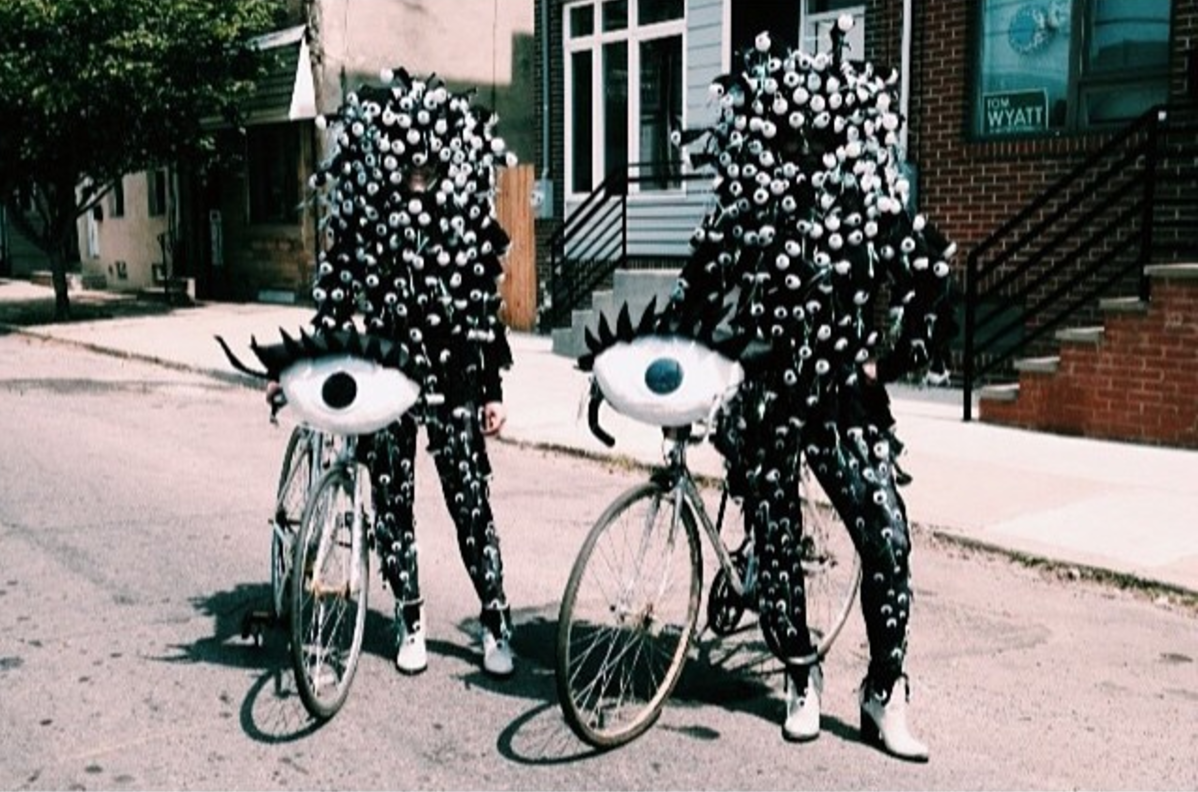- October 20, 2016
Check Your Design Taste At the Door
Rococo, sequins, Rupaul: The inner-me has a taste for over-embellishment.
 But as a designer, it’s important I tame this affinity towards razzle-dazzle in my work, which is rarely the best method of visual communication for the task at hand. However, checking my own taste at the door and adapting my voice can sometimes be surprisingly difficult.
But as a designer, it’s important I tame this affinity towards razzle-dazzle in my work, which is rarely the best method of visual communication for the task at hand. However, checking my own taste at the door and adapting my voice can sometimes be surprisingly difficult.
Personal tastes dominating design decisions can quickly get messy. We all may be guilty at some point of overindulging in a technique we enjoy. Overindulging is one method to explore and find new solutions. But there is danger in not finding the right balance between simplicity and layers upon layers of visual complexity. Superfluous coats of adornment can contribute to an overall lack of clarity for the people using the end product. The importance in the act of exploration is sharpening this ability of knowing where it’s appropriate to pull back.
Recognizing (then eliminating) elements I’ve included solely for my own benefit begins with recognizing the difference between my personal tastes and my professional judgment. After asking myself some tough questions—do I need this? Is this brand-appropriate? and so on — I have a better idea what should stay or go. Exhibiting this level of scrutiny helps design work (and the designer) mature, but it’s important that I allow myself the indulgence so I can see it and deal with it. Get it out, you could say.
Taste may operate on instinct alone, but judgement scrutinizes each element or style on a page. Going through this exercise repeatedly may seem like overkill, but I’ve found it’s important to keep questioning until it becomes a habit. In time it becomes easier to see these potential pitfalls and plan around them by setting up constraints.
For many of us, the sweet spot in the middle—between taste and professional judgment—is where we find our voice. But striking a balance between motivations is tricky. Pursuing outside creative projects has helped me explore my attraction to shiny things. Indulging my instincts in an external space gives me the opportunity to refine and reflect on my perspective as a designer. I become more in tune with my own point of view and where it’s appropriate to express it.
Like Rupaul’s singing, each of our voices is unique and distinct. I’m not advocating for merely lip syncing and removing what makes each of our own work special. Exposing the voice I’ve found takes courage, since it leaves me vulnerable. But honing that individual voice as a designer is a necessary and lifelong pursuit.

It’s important for me to have outlets where I can take an idea and run with it to an extreme. With a side project like costume-making, at the end of the day the result I create needs to be experimental and something I am comfortable walking down the street in. That comfort zone continually changes, and this is where I have been able to expose my voice. Over recent years, this has helped me develop the sense of where it is appropriate to take risks professionally. Projects like costume making teach me how to edit a passion project—no matter how zany it is.
After overindulging, pulling back, editing, then adjusting, I’m often surprised at how my voice always manages to carry through and evolve.